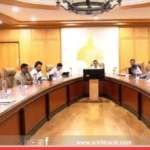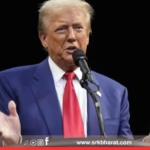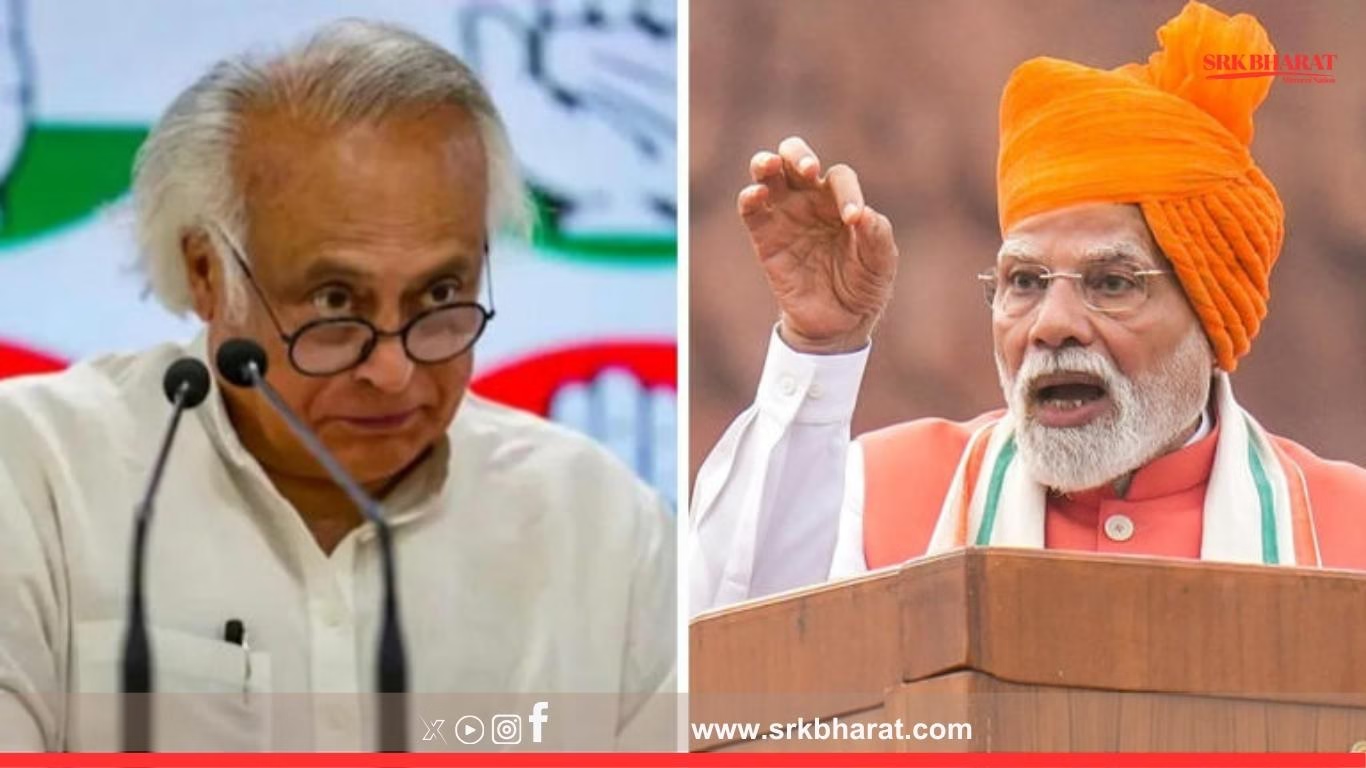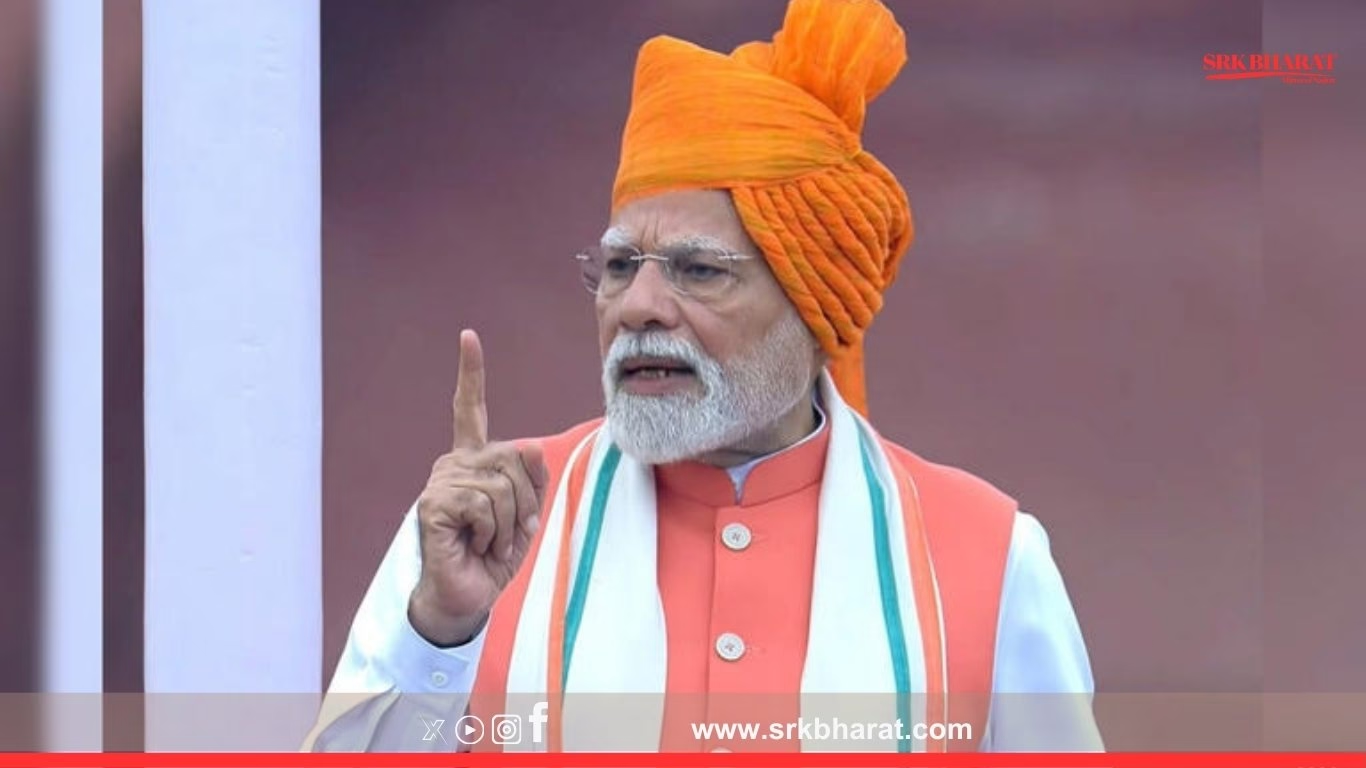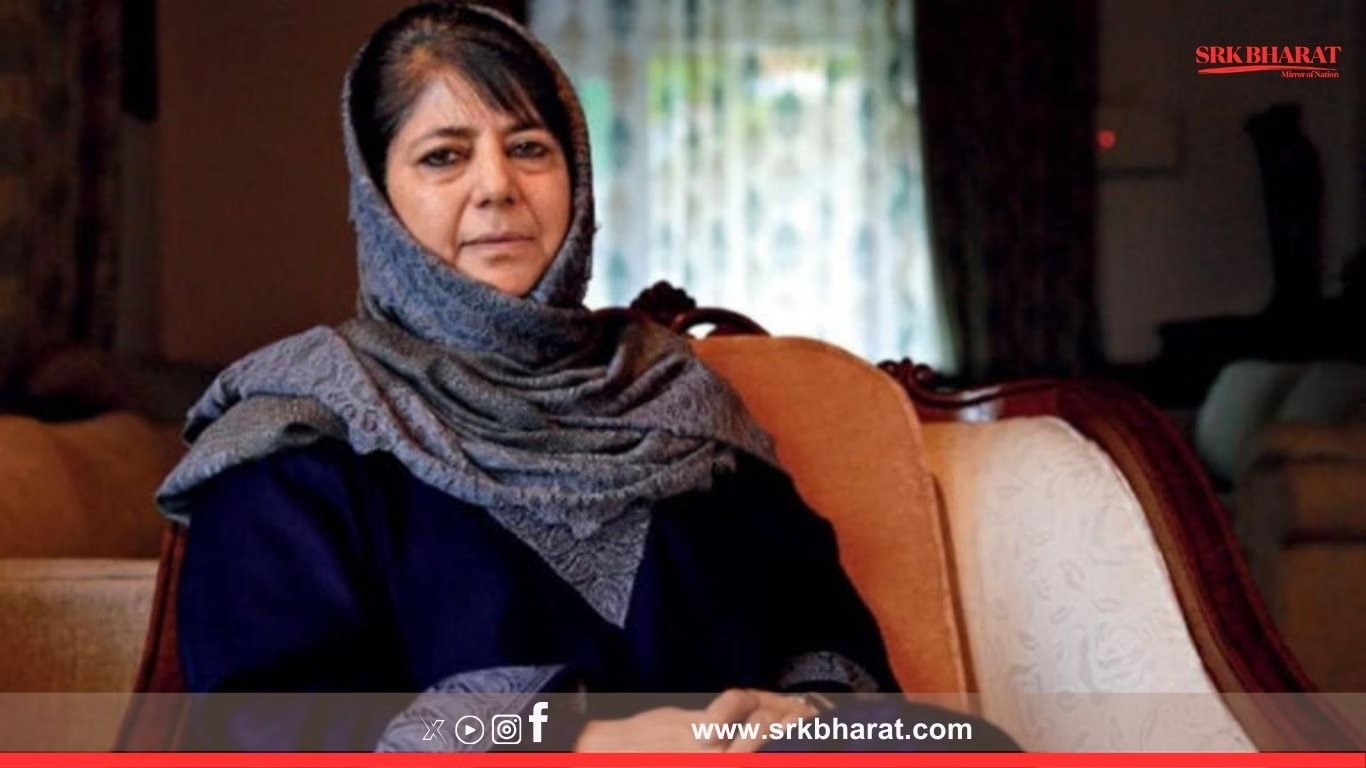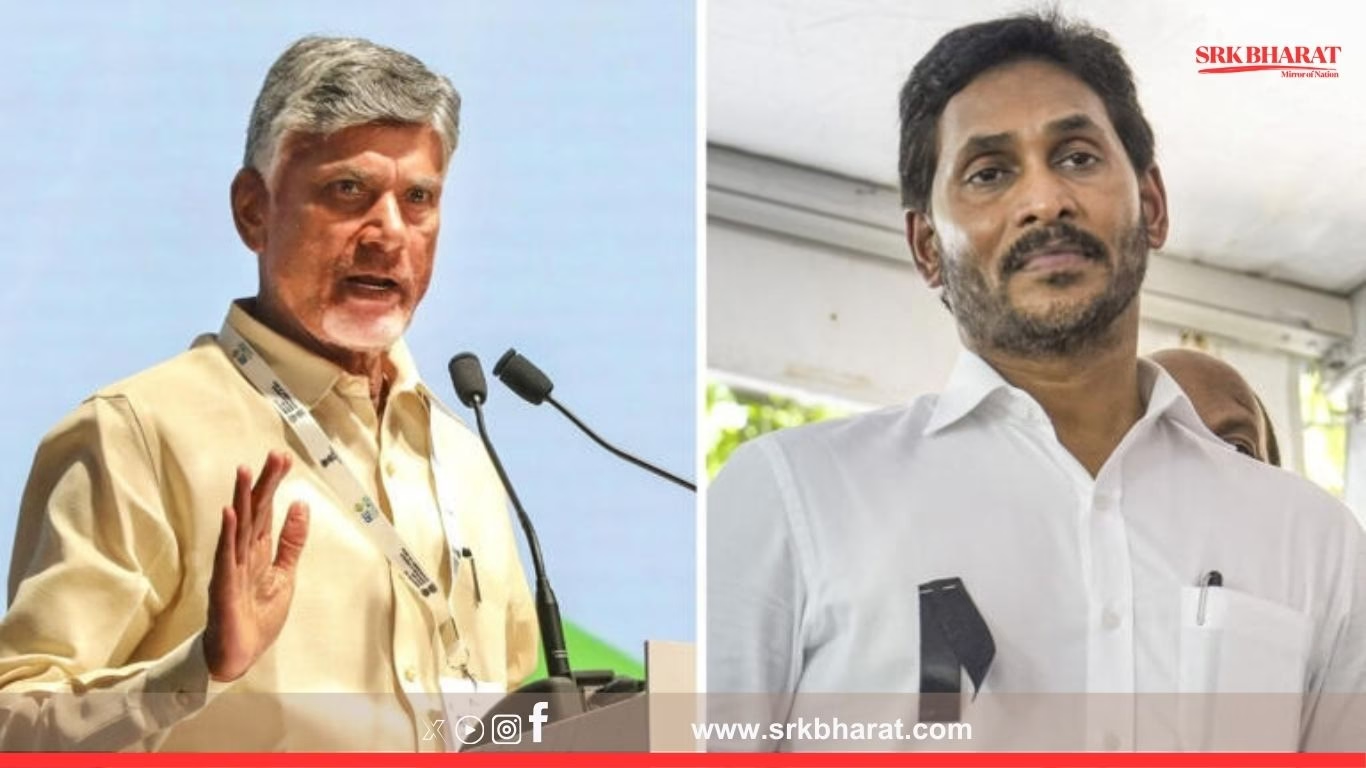New Delhi – Prime Minister Narendra Modi’s latest announcement on India’s entry into large-scale semiconductor chip manufacturing has taken a sharp political turn after senior Congress leader Jairam Ramesh branded the Prime Minister a “pathological liar,” accusing him of misleading the nation about the timeline and scope of the initiative.
The Prime Minister, addressing the nation during an industry event, claimed that India is set to emerge as a global semiconductor hub, with multiple manufacturing units scheduled to begin production in the coming years. This announcement, hailed by several industry leaders as a historic step towards technological self-reliance, drew immediate criticism from the opposition, who accused the PM of exaggerating progress and making repetitive promises without tangible results.
PM Modi’s Semiconductor Vision
During his speech, the PM outlined a multi-billion-dollar investment plan involving both domestic and foreign companies to establish semiconductor fabrication plants in states such as Gujarat and Karnataka. He highlighted the strategic importance of semiconductors in sectors like electronics, defense, automotive, and artificial intelligence.
“India will not just assemble chips, we will manufacture them, becoming a trusted supplier to the world,” Modi said, stressing the goal of creating thousands of skilled jobs and reducing dependency on imports.
The PM further mentioned that the government had signed multiple MoUs with leading global players and was committed to offering incentives under the Semicon India Programme.
Jairam Ramesh’s Counterattack
Congress leader Jairam Ramesh, however, dismissed the announcement as yet another “headline management exercise” by the Prime Minister. In a strongly worded social media post and press statement, Ramesh alleged that:
- Similar claims were made in previous years, yet no large-scale fabrication unit has gone into full production.
- Government timelines have been repeatedly pushed back without accountability.
- Announcements are often recycled during major events to create the illusion of progress.
“The Prime Minister is a pathological liar when it comes to infrastructure and industrial promises. The semiconductor project is another example of tall talk with little on-ground delivery,” Ramesh said.
The Semiconductor Industry Context in India
India currently imports over 90% of its semiconductor needs, largely from Taiwan, South Korea, and China. The government’s semiconductor mission, launched in late 2021, aimed to change this through large-scale investments, policy reforms, and public-private partnerships.
| Year | Government Initiative | Outcome/Status |
|---|---|---|
| 2021 | Launch of Semicon India Programme | Policy approved, incentives announced |
| 2022 | MoUs signed with global chipmakers | Feasibility studies initiated |
| 2023 | Gujarat, Karnataka identified as fab plant locations | Land allocation, initial construction started |
| 2024 | First pilot chip assembly units operational | Limited production, not full-scale fabrication |
| 2025 | PM announces new phase of expansion | Opposition questions delivery track record |
Industry Reaction: Optimism with Caution
While political debate rages, industry experts have expressed cautious optimism. Semiconductor Manufacturing International Council member Ravi Mehta said that policy continuity and infrastructure readiness will be key to India’s success.
“The vision is sound, but the execution timeline must be realistic. Global semiconductor players are watching India’s progress closely, especially given the geopolitical need to diversify supply chains.”
Potential Economic Impact
If fully implemented, India’s semiconductor manufacturing could generate:
| Impact Area | Projected Benefits |
|---|---|
| Job Creation | Over 100,000 skilled and semi-skilled jobs by 2030 |
| Import Reduction | 40% cut in semiconductor import bill within 5 years |
| Export Potential | $15–20 billion in chip exports by 2035 |
| Tech Ecosystem Growth | Boost to electronics, AI, EV, and defense manufacturing |
Political Fallout: Federal vs. National Narrative
The Congress is not the only opposition voice—leaders from regional parties such as the TMC and DMK have also raised concerns about project concentration in BJP-ruled states, alleging political bias in investment allocation.
BJP leaders, however, defended the government’s record, pointing to infrastructure upgrades, incentive schemes, and rapid land acquisition as proof of sincerity.
Union Minister for IT & Electronics Ashwini Vaishnaw hit back at Jairam Ramesh, saying:
“Criticism from the Congress is not surprising. This is the same party that failed to bring even a single major semiconductor fab to India in decades.”
The Road Ahead
The PM’s ambitious plan to make India a global semiconductor hub faces significant challenges:
- Technology Transfer – Securing advanced chip-making know-how from global leaders.
- Supply Chain – Building a robust network of suppliers for raw materials and components.
- Skilled Workforce – Training engineers and technicians at scale.
- Geopolitical Risks – Navigating US–China tech tensions while attracting global investment.
Analysts warn that unless execution accelerates, political skepticism will deepen, potentially impacting foreign investor confidence.
Conclusion: Promise vs. Proof
While PM Modi’s announcement signals renewed political commitment to semiconductor self-reliance, the opposition’s sharp criticism underscores a trust deficit that the government will need to address with tangible progress.
Whether the initiative transforms into a genuine industrial revolution or remains a recycled political talking point will depend on what happens in the next 24–36 months.
Disclaimer: This article is based on official speeches, opposition statements, industry insights, and publicly available government policy updates. It is intended for informational purposes only and does not constitute investment or political advice.



